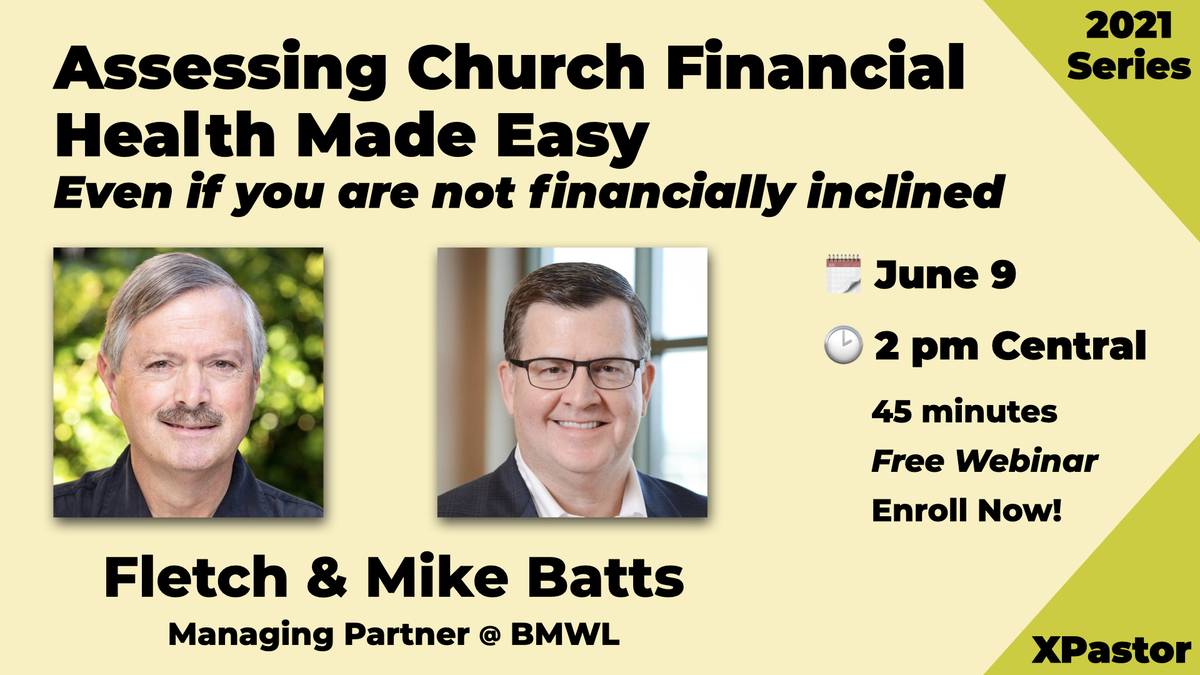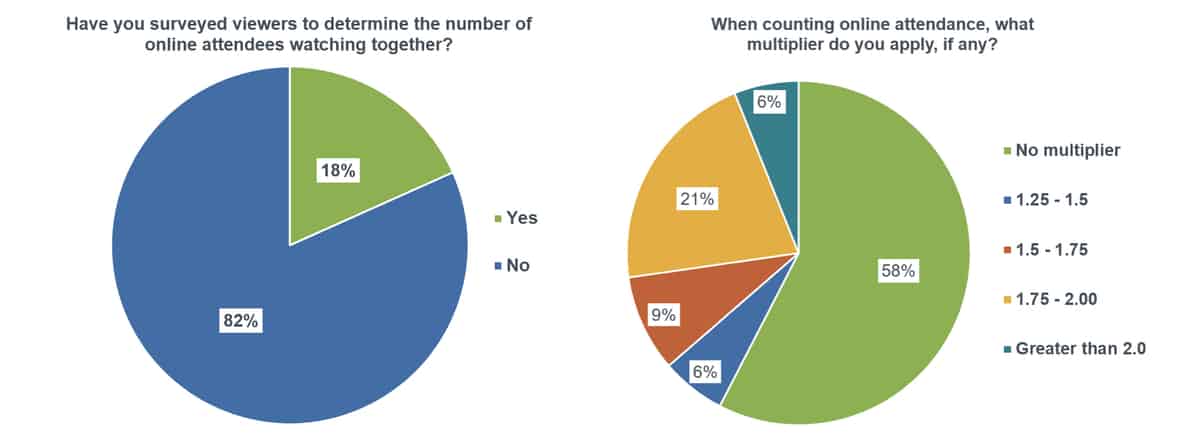Saturday, September 1, 2018
Hey Fletch … I am involved with trying to get our church’s financial situation back on track and healthy again. Would any of your reports contain information on a church that has about 100 members? Also, would there be a report that suggests how many paid employees there are typically with a church that size. We have four, which is killing us, but little desire to cut any positions. Also, we live in an expensive metro area, so which report would you suggest would be best for us?
DRF—Churches of all sizes struggle with the issue that you have raised. I wish that I could say, “Aha, that is a problem unique to churches of 100 members.” If I could boil your issue down to one phrase it would be, “We all want more than we can afford.” There is the principle, now let’s look at the specifics.
You identified the problem in your email. Your church has four staff people and you said, “which is killing us.” Let’s talk about staff and benefits as a percentage of budget. National averages indicate that most churches have between 40-60% of their budget going to staff and benefits. Churches at 40% are generally those which are paying a mortgage. After the bank loan is paid, churches often redirect those funds to staff, and the ratio rises to 60%. If you are at 60% or more, then you should raise a red flag.
National averages are just that—national and average! You live in an expensive part of the country. Your local church and staff will have unique factors, such as age of your facility, status of needed capital repairs, maintenance issues, medical insurance, state income taxes and housing costs. Living an in expensive metro area often requires higher salaries so that staff can afford housing. Medical insurance has risen considerably in the last decade, further impacting budgets. You need to weigh the national averages with the unique factors of your local church.
How do you know if your church budget is unhealthy? You should raise a yellow or red flag if you have insufficient funds for:
- Maintaining your property. Curb appeal is important to visitors, as are clean bathrooms. For example, some defer maintenance on the parking lot which is “penny wise and pound foolish.”
- Allocating sufficient funds for ministry. You have staff but they don’t have enough money to fully empower their work.
- Supporting outreach into the community and world. A generous church, like the Macedonians in 2 Corinthians 8:1-2, has funds to give to others: “Now we make known to you, brothers and sisters, the grace of God given to the churches of Macedonia, that during a severe ordeal of suffering, their abundant joy and their extreme poverty have overflowed in the wealth of their generosity.” Net Bible®
- Saving for a new roof, sound board or microphones. Does your budget have sufficient contingency funds or a savings plan for capital expenses?
- Investing in retirement for staff. I hear so many stories about pastors who can’t afford to retire because they and their churches didn’t plan for the future.
When staff costs are too high, these items are the first things that are cut from a budget. Your church budget, along with the income and expense report, will give you the hard data that you need to analyze these issues.











